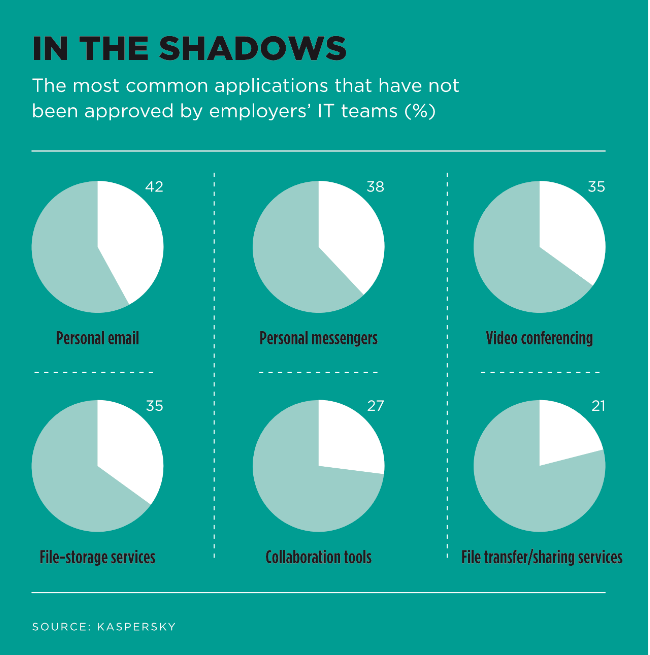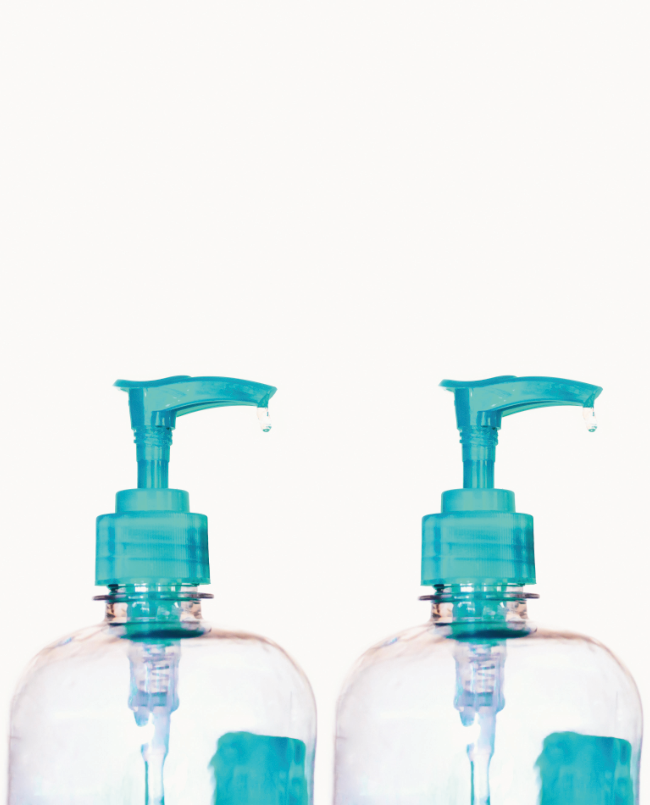Running a commercially viable business in SA was a tough proposition before COVID-19 hit our shores, but since the Level 5 nationwide lockdown, it’s reached a Hunger Games-like crisis: SMEs, entrepreneurs, agencies and corporates are having to contend with life (in other words, solvency) threats and dangers rushing at them like those unfortunate kids competing just to survive, with limited resources in a booby-trapped wilderness.
Not only is there tooth-and-nail competition for market share in a rapidly shrinking economy, as well as immense pressure to keep up with unpredictable consumer behaviour, companies also have to contend with responsibility – both ethical and legal – for their employees’ physical safety.
This is no small task. The Occupational Health and Safety Act of 1993 places great responsibility for workers’ health and well-being in the hands of employers, with concrete legal ramifications if found to be remiss.
As stated in the South African Labour Guide, ‘the employer must ensure that the workplace is free of hazardous substances, such as benzene, chlorine and micro-organisms, articles, equipment, processes, etc that may cause injury, damage or disease. Where this is not possible, the employer must inform workers of these dangers, how they may be prevented and how to work safely, and provide other protective measures for a safe work place’. So not only is the onus on employers to provide a safe work environment (free from viruses), they are also required to communicate the safety measures they have taken to employees.
Reasonably, some of the responsibility lies with employees to protect themselves (in the case of protection from COVID-19, it is reasonable that employers should expect staff to be responsible for applying hand sanitiser, wearing a protective mask and maintaining safe social distancing from colleagues, for example).
Still, some of the first lawsuits brought by employees against their big-name employers for alleged failure to ensure their safety have recently made headlines. In the US, workers at McDonald’s in Chicago filed a class-action against the fast-food chain for not complying with government health and safety guidelines – tellingly, they’re not actually suing for money, but for compliance.
Similarly, CNBC reported that ‘a federal lawsuit filed […] by three Amazon warehouse workers accuses the company of engaging in “sloppy contact tracing” and failing to follow proper guidelines laid out by the Centres for Disease Control and Prevention and other public health agencies for tracking and preventing the spread of the COVID-19 coronavirus among workers’.

Employees want to be safe, and they’re not afraid to exercise their rights. And they have many. Directives issued by the Department of Labour, which employers are required to comply with, include conducting a risk assessment, educating and notifying employees of the manner in which the directives will be applied, raising awareness about COVID-19 and how to prevent its spread, rotating employees’ access to their place of work, appointing a representative to answer queries, social-distancing measures, screening workers for symptoms of the virus, providing hand sanitiser and disinfectant, and ensuring the work environment itself is disinfected.
Perhaps the most important health and safety regulations pertain to ‘vulnerable employees’ – people of 60 years and older, and people with co-morbidities such as cardiovascular disease, diabetes, chronic respiratory disease and cancer. A statement released by corporate law firm Webber Wentzel advised that ‘employers need to carefully consider how to accommodate vulnerable employees in the workplace. In our view this obligation is likely to not only be a consideration under the current Level 4 lockdown, but also in moving to the lower levels. In other words, until such time as COVID-19 is no longer a threat, measures will need to be considered and put in place to protect vulnerable employees’.
The variables involved in considering the safety of employees are daunting, particularly for already-overwhelmed organisations. Immediate safety requirements aside, employers will also have to rethink their office spaces with a view to future safety considerations.
Office-design companies such as Cape Town-based Tower Bridge Special Projects have swiftly adapted their services to include a ‘COVID-19 offering’, which entails an evaluation of workplace layout, HVAC (heating, ventilation and air conditioning) and space needs, for starters.
Some of the high-tech solutions available to help employers fulfil their new responsibilities include ‘CCTV systems that are capable of identifying people entering your premises with elevated temperatures, [and] whether they are compliant in wearing face masks’ and ‘non-touch automation of doors, lighting, HVAC systems and all bathroom appliances’. The offering ends with a fairly chilling warning that ‘the next version of your workplace will need to be flexible to adapt to the other Black Swans, chaos and change that will characterise business in the future’.
Does this mean the end of open-plan offices? It makes sense, considering they are places designed for physical, human interaction and collaboration – yet they’ve been criticised by detractors for being counterproductive thanks to distractions, interruptions, a lack of privacy and noise. Perhaps it’s for the best that companies are being forced to rethink the physical layout of their offices?
Linda Trim, sales and marketing director at workplace consultancy firm Giant Leap, isn’t quite convinced.

‘Despite some of the negatives of the open-plan office, it also has many positives,’ she says. ‘It allows people to interact with one another, often serendipitously. This in turn allows for innovation and creativity. It forces us to mix with people and conversations we may not otherwise mix with. What people say they miss the most about the office is the collaboration that open plan allows for.
‘It allows employees to feel connected. When open plan is carried out correctly it can have many advantages. In my opinion, what COVID-19 has done is highlight for companies the importance of well-being for their staff and planning an office properly. There are key elements such as acoustics, air flow and lighting that cannot ever be left out the equation.’
People are going to want more from their companies and their offices, she adds – more space, less desk sharing.
International architecture and design firm Gensler carried out a survey in the US of office workers at companies of 100 or more people from 16 April to 4 May, and found that just 12% of people wanted to remain working at home, putting paid to the popular notion that most office workers would rather work from home on a permanent basis.
‘Once the romanticism of working from home fades, which it seems is already happening, people will want to get back to work. Working from home was fun for many for a few weeks. But there have been many loop holes that have been forgotten and are only just starting to surface,’ says Trim.
‘In an office it is law to give each staff member an ergonomic chair. Very few people have this at home and we start to see the back ache arising and lack of productivity from it. People are Zoom-fatigued. They miss the office and interaction. IT regulations and policies have been skipped due to being forced to go on lockdown in a rush.
‘Many companies are not complying with what they would usually take as regular. Anti-bacterial desks will become non-negotiables. Screens will be enforced where they are not now. Passages will be slightly wider and people won’t be crammed into a space. If companies can’t afford to take more space they will work on rotation giving people slightly more space.’
It is widely accepted that the changes in human society wrought by the COVID-19 pandemic have more or less permanently altered the way we work, not least our increased conscientiousness (aka good ol’ fashioned paranoia) around workplace health.
‘The new, re-imagined office and ways of work will be more flexible, more in tune with what employees want and create greater productivity,’ says Trim. ‘Remote working will still play a small role. People may not rush to the office for an eight-hour day but do more focused work at home early in the morning and miss rush-hour traffic. People may work at home more frequently, one day a week.
‘I also believe the office will be more valued,’ she adds. ‘The longer people stay at home the more companies are starting to realise how hard it is to keep a brand and culture together. The connectedness, much like a long-distance relationship, is something that is hard to maintain.’








